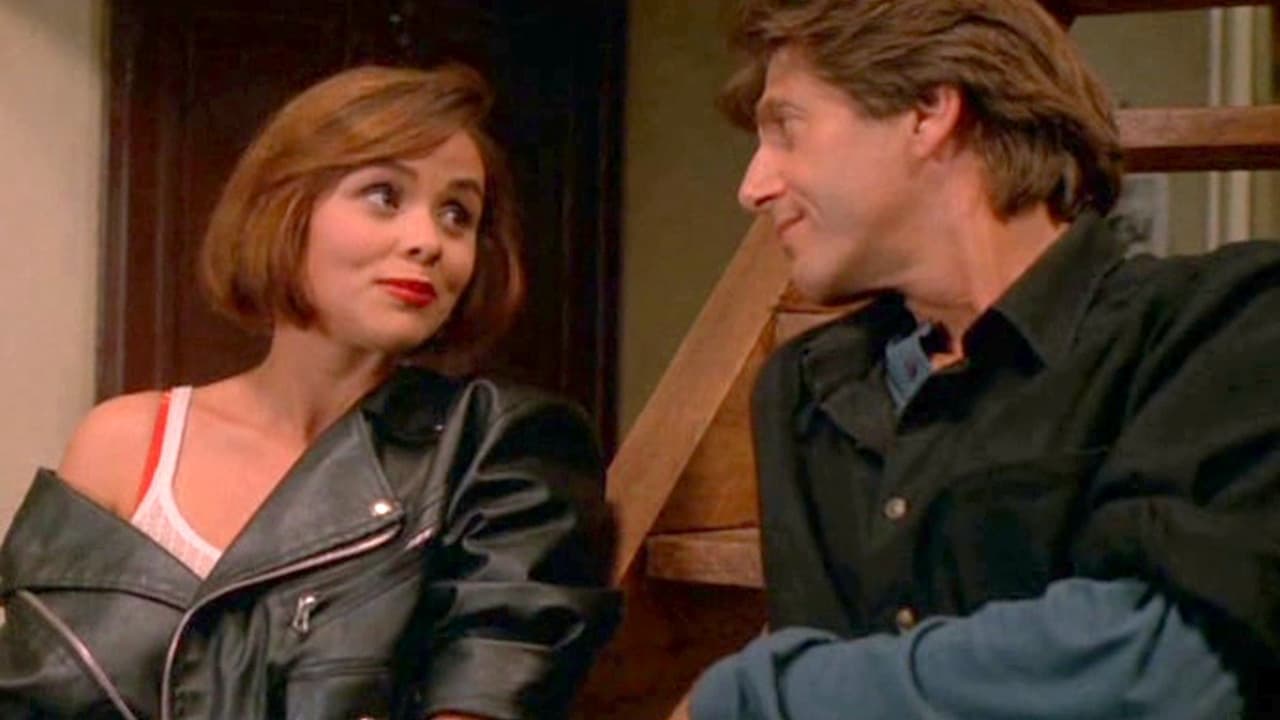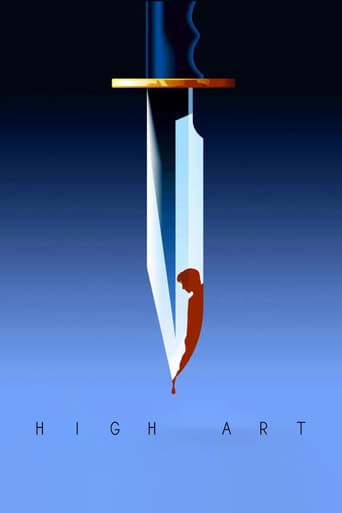

Tchéky Karyo is frankly OUTSTANDING in his role as Hermes. The disturbing, quiet, intense, dangerous man, superb! I feel this is Peter Coyote at his best, a vulnerable, intelligent, humane man who comes face to face with the reality of life that previously he had only viewed through the lens of his camera.Again those remarkably talented Brazilian actors and actresses just continuously amaze me. As in another film I very much enjoyed that was shot in Brazil, BOCA, the Brazilian talent is immense. Previous comments have outlined the plot and so forth. I would only add that this film is tense and one comes away from it with a sense of discomfort, and that is something to be so affected by a film when all too often once the house lights come on there is no residual emotional connection.I noted on the main details page that the Spanish version is several minutes longer than the USA video version and that REALLY irks me. This should be available, as should Zalman King's BOCA, on DVD and in full length, unedited, uncut, uncensored.If one just wants to waste a couple of hours in amusement this is not the film to see, if one wants to have a visceral reaction and to be taken by one's collar and dragged into the frenetic and all too grim world of the invisible people of a great metropolis then by all means see EXPOSURE aka A GRANDE ARTE.
... View MoreWhen I saw this movie I thought it was the renaissance of the Brazilian Cinema. I was wrong.Anyways this movie I consider one of the best of Walter Salles. A movie the He himself doesn't even like to talk about it, because of a lots of studios interference.The photographer, José Roberto Eliezer, should be awarded for the first sequence of this movie.It's a very good Brazilian cast and I, with 16 years old, believed that I was watching movie by Brazilwood.I guess I reached 10 lines.
... View MoreA film that is extremely evocative - so many exciting nuances. It is unforgettable - a pity that the actor who played the "knife expert" is seen more. One of Peter Coyote's best.An unusual cast - many contrasts. The photography is outstanding. A haunting experience....
... View MoreThe first scene of the film is brilliant!!!! A hooker is murdered. One reporter, his friend, decide to try to find her murderer and finds a lot of different friends, places, situations that weren't expected. Specially, a "master" of knives..... Script, scenarios, photography are perfect and make a perfect match.
... View More